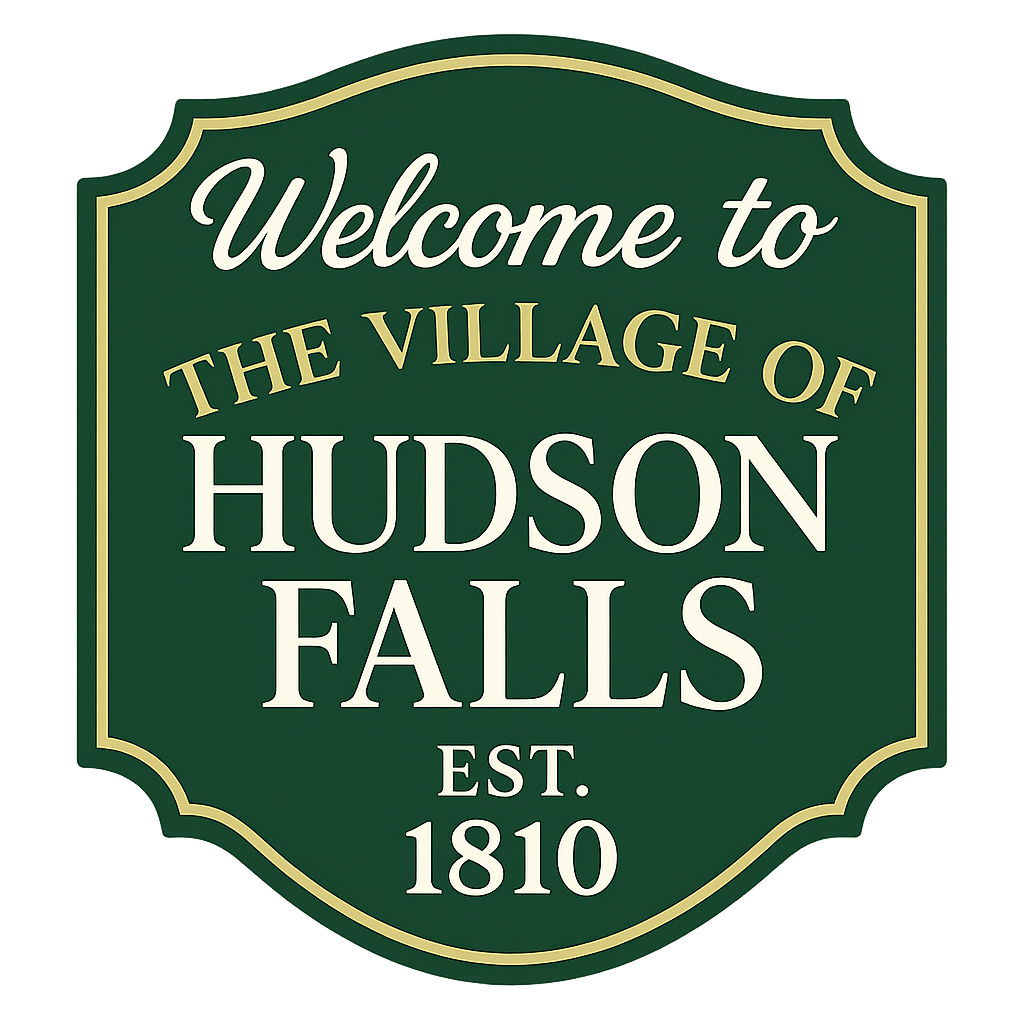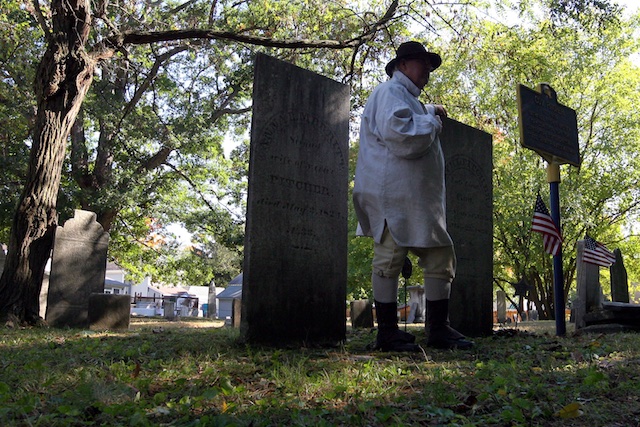Our History
A short history of Hudson Falls
By Paul R. Loding (former Village Historian)
In the State of New York a village is an incorporated local government and is located within a township. In the case of Hudson Falls it lies within the Town of Kingsbury, which was charted in 1762 by H.M. George III, of the United Kingdom. The town government was organized in the early 1780’s. Prior to the name of Hudson Falls the area that was incorporated as a village was called Sandy Hill. The earliest use of the name Sandy Hill can be found in the original Kingsbury minute book, started in 1782. In the annual Town Meeting of 1792 the term Sandy Hill is used to describe where the annual Town Meeting was to be held the following year, 1793.
It wasn’t until 1810 that residents of Sandy Hill requested that the state legislature designate the area as the incorporated Village of Sandy Hill and this happened in March, 1810. The population of the village was small in 1810, under three hundred people, including a few slaves. About forty years later the size of the village was extended to the area that now encompasses the village. This addition enlarged the Village of Sandy Hill by two-thirds. Today the Village of Hudson Falls has a population of around eight thousand.
The Village of Sandy Hill was a sleepy little settlement, which had little trade, industry or people passing through, until the opening of the Glens Falls Feeder Canal, by New York State, in the 1830’s. This canal was used to bring extra water from the Hudson River, above nearby Glens Falls, into the middle of the highest section of the Champlain Canal, opened in 1823, two years prior to the opening of the Erie Canal.
The Champlain Canal opened canal traffic between the upper Hudson River and Lake Champlain. This allowed trade in and out of the region, to Canada and New York City. With the opening of the Glens Falls Feeder Canal, Sandy Hill became a prosperous manufacturing center. Mills were erected along the Hudson River, at the falls, and along sections of the canal too. These mills produced lumber, various types of paper, pianos, wagons, precision pulleys, paper machines and many other products.
The Glens Falls Feeder Canal closed for commercial traffic in the 1930’s. However the canal is today still supplying the Champlain Barge Canal with the water that is needed to keep it open. The entire route of the Glens Falls Feeder Canal is a fourteen mile long park, with a walking & bike trail on the old tow path.
The center of the village has a beautiful park, called J. Walter Juckett Memorial Park, named in honor of a local industrialist who passed away in the late 20th century. The location of the park was set out in the early 19th century, and was surveyed in the 1830’s as the town common or green, where inhabitants could graze their livestock.
Following a devastating fire in the 1870’s all of the buildings on the east side of the green was constructed within a couple of years of each other. Because of public spirited property owners these buildings retain their late Victorian charm and are the jewel in the Hudson Falls Historic District, designated by the U.S. Department of the Interior and the New York State Office of Parks, Recreation and Historic Preservation.
The name of the village was changed at the annual village election, held in March 1910, from Sandy Hill to Hudson Falls.
It seems that some citizens felt the name would bring tourists here to see Baker’s Falls, on the Hudson River. The falls is named for the first settler of Sandy Hill, Albert Baker, in 1765. He also built a saw mill and later a grist mill at the top of these falls. This falls is the second largest falls in New York State, second to Niagara Falls. Unfortunately the boom to tourism never seemed to become a reality.

